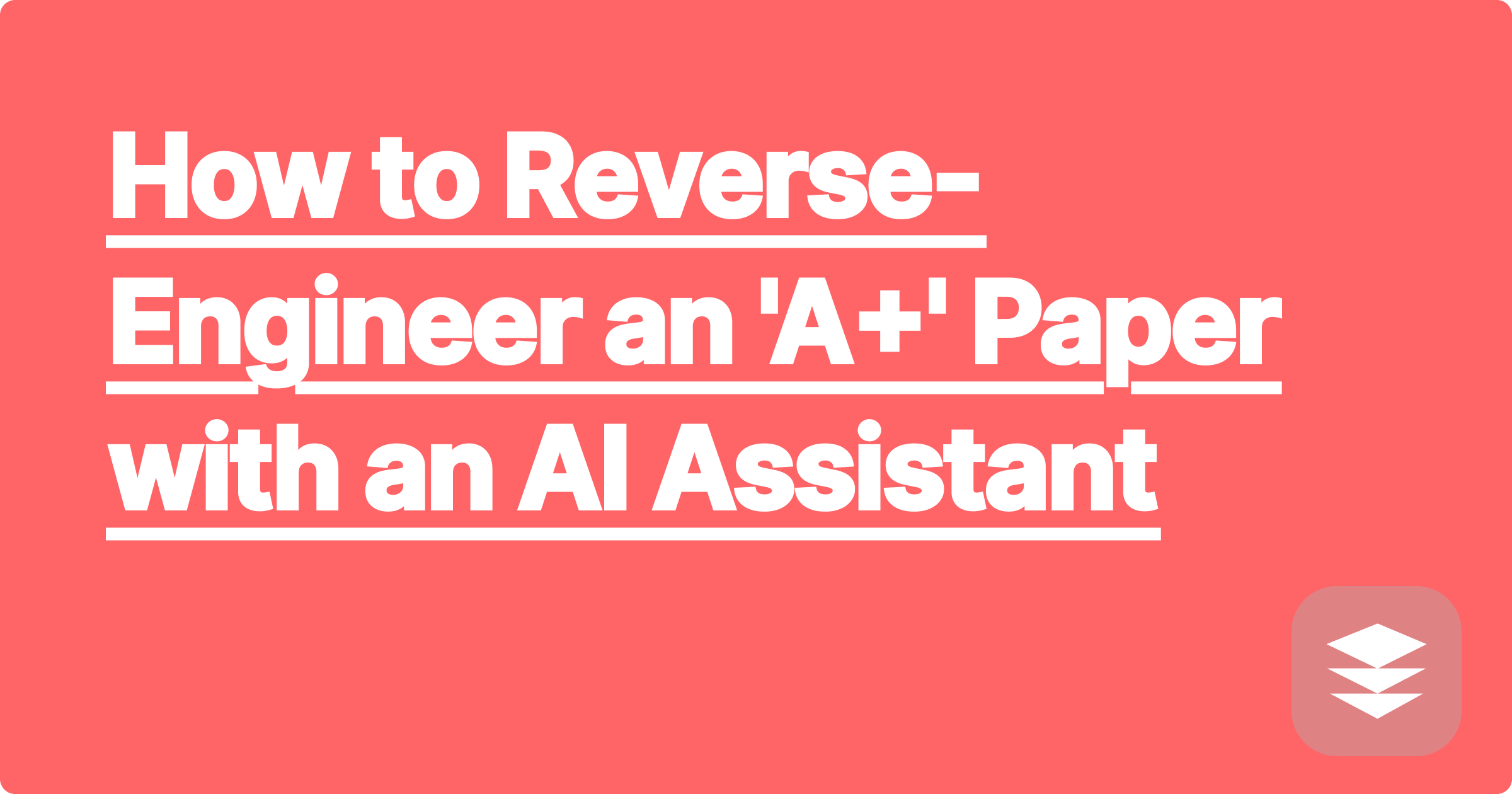
In many classes, professors will provide examples of A+ papers, lab reports, or essays from previous years. Most students glance at them and think, "Wow, that's good." But the best students do something different. They don't just admire the finished product; they reverse engineer success. They deconstruct the exemplary work to understand its underlying structure, its logical flow, and its rhetorical strategies. This process, however, can be difficult and time-consuming. But with an AI assistant, you can do it systematically and with incredible insight.
An A+ paper isn't just about having the right information; it's about presenting that information in a compelling way. It has a strong thesis, a logical argument structure, clear transitions, and compelling evidence. You need a way to look past the surface-level content and see this "architectural blueprint." That's how you analyze exemplary work like an expert.
A tool like GPAI Cheatsheet, acting as an intelligent note taker, is perfect for this kind of deep analysis.
The Reverse-Engineering Workflow:
[Image: An A+ research paper on the left being fed into a GPAI Cheatsheet icon. The output on the right is a clean, structured outline of the paper's argument, with the thesis and main points clearly identified. Alt-text: A student using AI to reverse-engineer the success of an exemplary paper.]
Once the AI has revealed the blueprint of the A+ paper, you have a powerful template for your own work.
This process is far more powerful than just using a generic "essay template." You are learning from a real example that has already been proven to work for your specific professor and course. You are internalizing the patterns of successful academic writing, a skill that will serve you for your entire career. This a great use of the cheatsheet tool to improve your own output.
A: No. The structure of a good argument (e.g., thesis, supporting points, conclusion) is a universal convention, not proprietary intellectual property. As long as your own ideas, research, and words are original, using a proven structure as a model is simply smart academic practice.
A: Yes. You can upload both your draft and the A+ paper and ask the AI, "Compare my argument structure to the one in the A+ example. What are the key differences? Where can I improve my logical flow?"
The path to an A+ is rarely a secret. It's often hidden in plain sight in the examples of excellent work your professor provides. By using AI to systematically deconstruct and analyze those examples, you can learn the "unwritten rules" of success for any course and apply them to your own work with devastating effectiveness.
[Start learning from the best. Use GPAI Cheatsheet to analyze exemplary work and elevate your own. Sign up for 100 free credits.]
How to Finally Organize Your Chaotic Google Drive / Dropbox with AI
The Sunk Cost Fallacy of Your Old Study Habits: Why It's Time to Switch to AI
How an AI Notetaker Can Help Students with ADHD Focus
The 'Weekend Warrior' Study Plan: How to Master a Week's Content in 5 Hours
Could you explain that with a sports analogy?': Asking AI for Personalized Metaphors
The Quantified Student: Using AI to Track Your Study Metrics and Find Your Peak Time
How to Reverse-Engineer an 'A+' Paper with an AI Assistant
The 'Empty Your Brain' Technique: Using an AI Notetaker Before Bed for Better Sleep
Using AI to Create 'Ancestor' Cheatsheets: Linking Current Topics to Prerequisites
What's Next for GPAI? A Sneak Peek into Our Vision for the Future of Learning